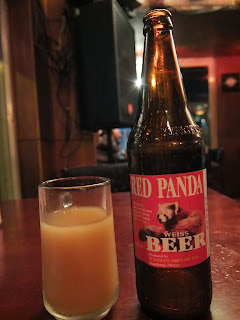Food (= chillies) in Bhutan

"In Bhutan, chilli is not a spice. It is a vegetable." These were some of the wise words I was told during the flash introduction to culture, security and practical issues in Bhutan by the UN security officer during my first week. Since then, I have been asked the question "how are you coping with the food here?" in a worried tone, as not everyone is as fond of chillies in every single dish as the Bhutanese are. Selection of Bhutanese dishes at the Folk Heritage Museum restaurant. Chilli sauce ( ezay ) in the front, ema datshi (chillies and cheese) third bowl from the front. Luckily, I was a chilli lover even before coming here, so the experience has not been as extreme as it could be. An average Bhutanese household can use one large sack of chillies (2 kg or so) in one week. It is hard to think of a proper Bhutanese meal without them - and yet chillies are a recent import, perhaps only 100-200 years old. Nowadays Bhutanese staple food usually consists of r




